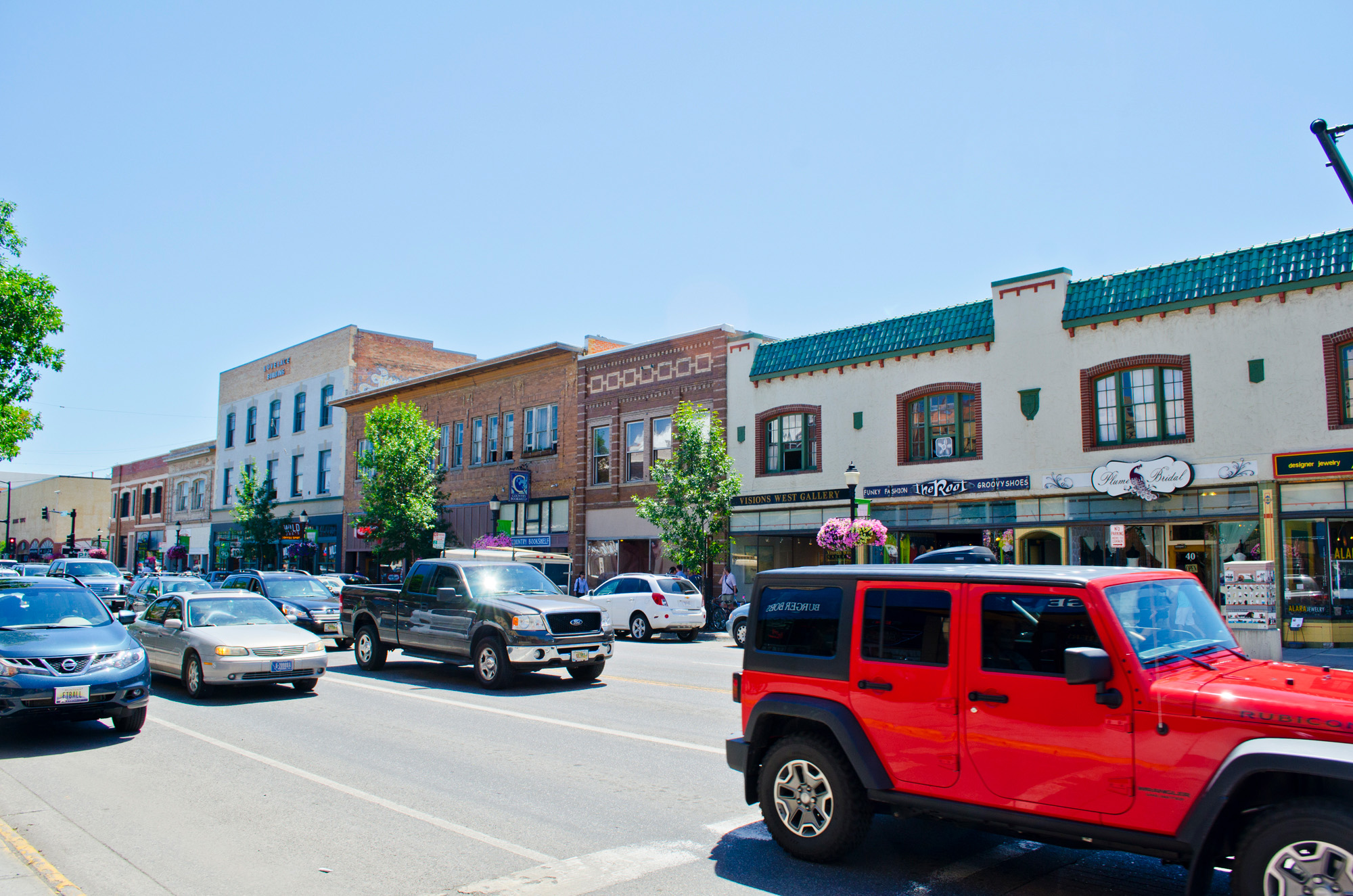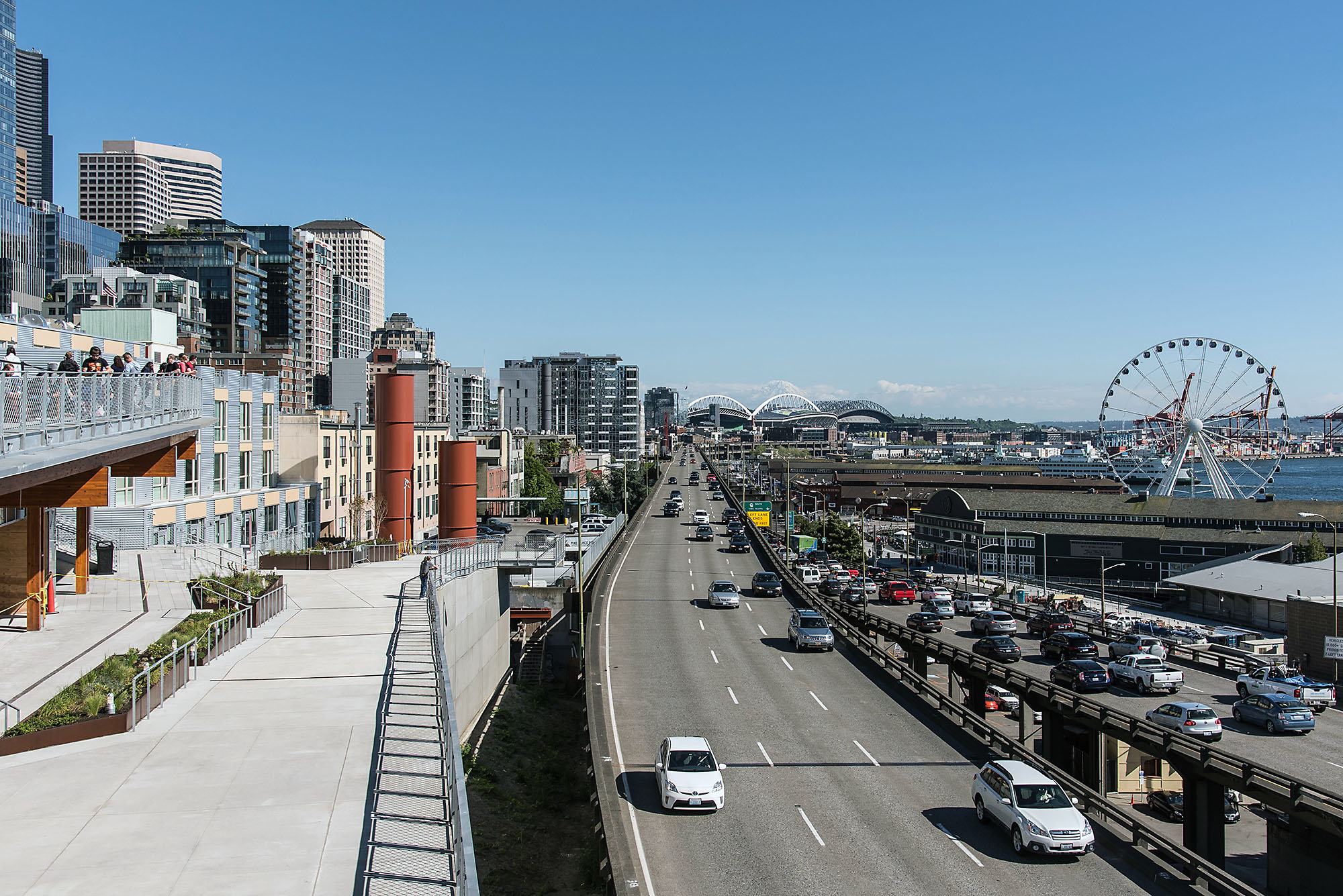
EDC Legacy: Capturing the Value Created by Transportation
For more than a decade, FHWA’s Every Day Counts (EDC) program has promoted proven but underused innovations that enhance roadway safety, improve project delivery, and reduce traffic congestion. Across the country, agencies attest to the value of adopting these new technologies and practices, along with a cultural change in how they deploy innovation. As the transportation community takes part in EDC round seven, Innovator is featuring articles reflecting on accomplishments from previous rounds.
When public agencies invest in transportation assets that improve access and increase opportunity in the community, adjacent and nearby property owners often benefit through greater land value and other economic impacts. Many value capture techniques are available that enable agencies to share in a portion of the increased land value created by public investment to build, maintain, or reinvest in the transportation system.
The fifth round of EDC (EDC-5) helped transportation agencies across the country deploy value capture as an equitable means to bridge funding gaps and accelerate the implementation of needed projects.
“When transportation creates value for private landowners, a public investment can end up benefiting a small section of society, so it’s equitable to recover part of that value and use it to support the public good,” said Stefan Natzke, head of FHWA’s National Systems and Economic Development team and co-lead of the EDC-5 value capture team. “Value capture offers an opportunity to expand economic development, improve transportation facilities, and enhance safety using the ‘beneficiary pays’ principle versus general tax dollars.”

The city of Bozeman, MT, implemented impact fees to fund additional infrastructure to address rapid growth.
Credit: Image via Flickr by Tim EvansonBuilding a Value Capture Toolkit
Value capture is an umbrella term for several different tools, from various types of taxes and fees to advertising rights. Since many agencies surveyed at the start of EDC-5 were not familiar with all available value capture methods, the EDC implementation team began their outreach effort by building a knowledge base to assist practitioners in understanding and using some of the more common ones.
“Not all value capture methods can be used by State agencies,” said Thay Bishop, senior program advisor for FHWA’s Center for Innovative Finance Support and co-leader of the EDC-5 team, “but some States (21) signed on to EDC to help promote value capture to their local governments because it offers benefits that would not ordinarily be available to them.” These benefits include enabling local agencies to meet the required funding match on Federal-aid projects and to later fund operations and maintenance, which is traditionally not an eligible expenditure under Federal-aid.
Common Value Capture Techniques
- impact fees
- joint development
- land value tax
- negotiated exactions
- sales tax districts
- special assessments
- tax increment finance
- transportation utility fees
Information about these techniques and more are available on FHWA’s value capture website.
While not all value capture tools are appropriate for every setting, there is a menu of options available for rural communities and small towns that traditionally struggle to find some of these revenues. Outreach during EDC-5 helped agencies discover new tools and, importantly, offered examples and success stories they could present to their leadership as good evidence that pursuing value capture would be successful.
Watch a video to learn about different value capture techniques and how they contribute to transportation and economic benefits.
Credit: FHWAIn addition, many of the new programs under the 2021 Infrastructure Investment and Jobs Act (IIJA) include eligibility for local agencies, allowing them to compete directly for funding. EDC-5 outreach broadened the awareness of value capture tools just as the IIJA expanded Federal-aid funding eligibility—improving local agencies’ ability to use value capture to provide the required non-Federal matching funds.
“The new projects that will be funded by the IIJA are going to need operations and maintenance moving forward, too,” said Natzke. “Even if an agency can build an asset now, they still have to maintain it down the road. Value capture will give these folks an opportunity to make sure that whatever they build with the Federal-aid can continue to operate safely in the future.”

The Washington State DOT, King County, and city of Seattle used value capture techniques to replace the Alaskan Way Viaduct, pictured here before demolition, with a bored tunnel beneath downtown Seattle.
Credit: Washington State Department of TransportationMoving Forward
The EDC program provided a national forum for communicating the benefits of value capture to transportation and elected officials, and EDC-5 webinars, workshops, training, and technical assistance allowed the implementation team to connect with more agencies and reach them faster.
Bishop and Natzke noted that the rapid spread of value capture would not have happened without the EDC model. “EDC gave us the platform to promote the innovation,” said Bishop.
Bishop said that since 2019, at least 194 agencies have reported implementing value capture techniques to FHWA, and she has documented many of their strategies and applications on the value capture website. The website now includes more than 20 different types of resources for different levels of users, including a toolkit with a value capture quick start guide and implementation manual.
“We see a great deal of value in these resources going forward,” said Natzke, “especially in supporting newly eligible recipients of IIJA funds and for increasing equity in the funding of transportation improvements.”
—MORE INFORMATION
Contact Thay Bishop of FHWA’s Center for Innovative Finance Support or Stefan Natzke of FHWA’s Office of Environment and Planning.
Visit FHWA’s value capture website.
Register for the latest value capture webinar series, which focuses on the intersection of Federal innovative finance and innovative project delivery tools.
Notice: The U.S. Government does not endorse products or manufacturers. Trademarks or manufacturers’ names appear in this article only because they are considered essential to the objective of the document.
Recommended Citation: U.S. Department of Transportation, Federal Highway Administration - Washington, DC (2023) Innovator Newsletter, July/August 2023, Volume 17 (97). https://doi.org/10.21949/1521753
- Cover
- An Open-Ended Approach to Meeting Design-Build DBE Goals
- EDC Legacy: Capturing the Value Created by Transportation
- Missouri Accelerates Market Readiness for Work Zone Innovations
- Innovation and Impact
- States Innovate
- STIC Showcase Features Homegrown Innovations
- EDC-7 Baseline Report Sets Goals for Seven Innovations
- About Innovator



